Medium, Message and Frequency. Making Change Communications Successful.
Originally Published on October 13, 2022
Photo by Jayne Harris on Unsplash
My first house in Toronto was in the beautiful neighborhood of Wychwood. We would go for long rambling walks with our 1-year-old Labrador rescue Ella through the storied Wychwood Park. There is a beautiful state home in the center of the park, which is known as the McLuhan House. Who? Well, Marshall McLuhan, the Canadian philosopher who coined: The Medium is the Message.
So why do I bring this up? In change communications what your saying (the message) is as important as WHO is saying it (the medium). This is the top area of friction I find with change leaders. So many of us want to share the message but don’t want to be the medium or be the main delivery point for the message. But THIS is the fulcrum of success for change communications. If you’re the change leader, you are in many ways, the embodiment of the message. So you need to be out there, early and often, talking about change.
Secondly, many leaders overestimate the impact and power of their words, and underestimate the frequency and repetition required to make communications impact.
Despite our world being saturated with communications, digital, audio and otherwise, people still require a level of repetition and consistency with a key message to understand it, internalize it and importantly, act.
I’ve often heard the “rule of 7” referenced, in that people need to hear a message 7 times before it sinks in. I found a great breakdown of where this comes from, and also, a very old communications outline from the 1800’s that shows we haven’t changed much.
But change communication is about more than a catchy advertising slogan. More often than not, we need people to understand and then act on the messages being communicated. This is why:
Communicating early is critical.
Communicating often is fundamental.
Get the key messages straight, and then repeat.
Communication is not just “about” change, but also, about action.
You will need a diversity of channels to communicate the message to keep up the feeling of novelty, and avoid fatigue.
A communications plan helps keep things organized. Really, it ends up looking a lot like a project plan with a few other key inclusions. We’re sharing a free communications plan template with our subscribers in the November edition of our newsletter.
Sign up before November 1st HERE to reserve your copy!
Going forward we’re going to be sharing free templates for core change management deliverables every month with subscribers to our newsletter.

